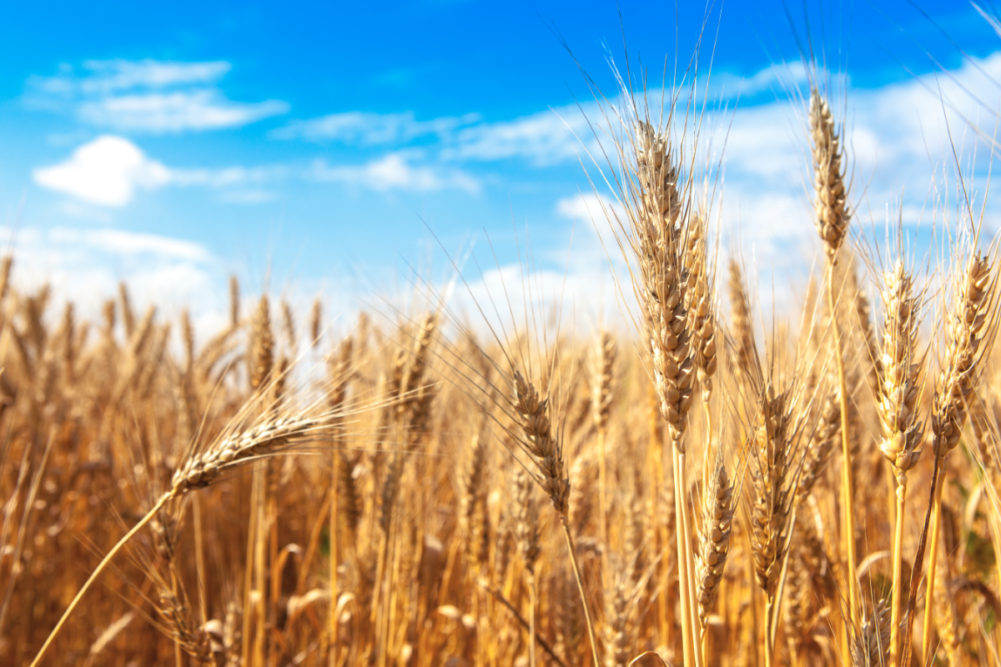COLBY, KANSAS, US — On the morning of Tuesday, May 17, 20 vehicles carrying three to four scouts each on the Kansas Hard Winter Wheat Tour departed Manhattan, Kansas, US, with the goal to cover nearly 300 miles on their first day to measure and assess the Kansas winter wheat crop and its current growing conditions. Tour participants saw the impact of drought on this year’s crop.
“Short and thin wheat in Northwest Kansas is the theme of this year’s wheat tour,” said Jeanne Falk Jones, multi-county agronomy specialist with Kansas State Research and Extension, at the evening meeting concluding the first day of the three-day tour.
Scouts gathered at the meeting in Colby, Kansas, US, at Frahm Farmland, Inc., to combine and summarize their findings from the day’s excursion. Overall, the tour made 248 stops, and their collective measurements produced an estimate of 39.5 bushels per acre, 20 bushels lower than last year’s estimate from the first day. Scouts mutually agreed they mainly witnessed widespread drought, which produced stunted stalks and yellowing leaves at the base of the plants.
Each vehicle traveled along one of six predetermined routes that stretched across the north central and northwest part of the state. One route cruised up into Nebraska to measure and compare wheat growing in five counties bordering north central Kansas. The scouts, a collection of more than 80 industry stakeholders from both public and private sectors, would disperse at every stop then randomly select a 12-inch wheat patch to measure by tossing a yardstick and evaluating the wheat wherever the yardstick landed. The scouts also examined the crop for indicators of disease and drought. Vehicles stopped at least once in every county they crossed.
“I want the wheat to be taller, darker and with less drought stress,” said Justin Gilpin, chief executive officer of Kansas Wheat and one of the drivers and scout guides on this year’s tour. “I wasn’t expecting to see a lot, but I’m disappointed to see less than 40 bushels per acre on the first leg of this tour.”
As the scouts drove further west, the wheat became patchier and shorter. It was noticed that fields that had been fallowed displayed healthier-looking wheat.
Some groups reported freeze damage and the presence of ladybugs, which signaled aphid infestation. But overall, the wheat from Tuesday’s tour showed virtually no sign of fungal disease.
“It’s been so dry most of the diseases die before they become a problem,” said Kelsey Andersen Onofre, PhD, assistant professor of plant pathology at Kansas State University. It may be the one silver lining in this year’s winter wheat crop.






